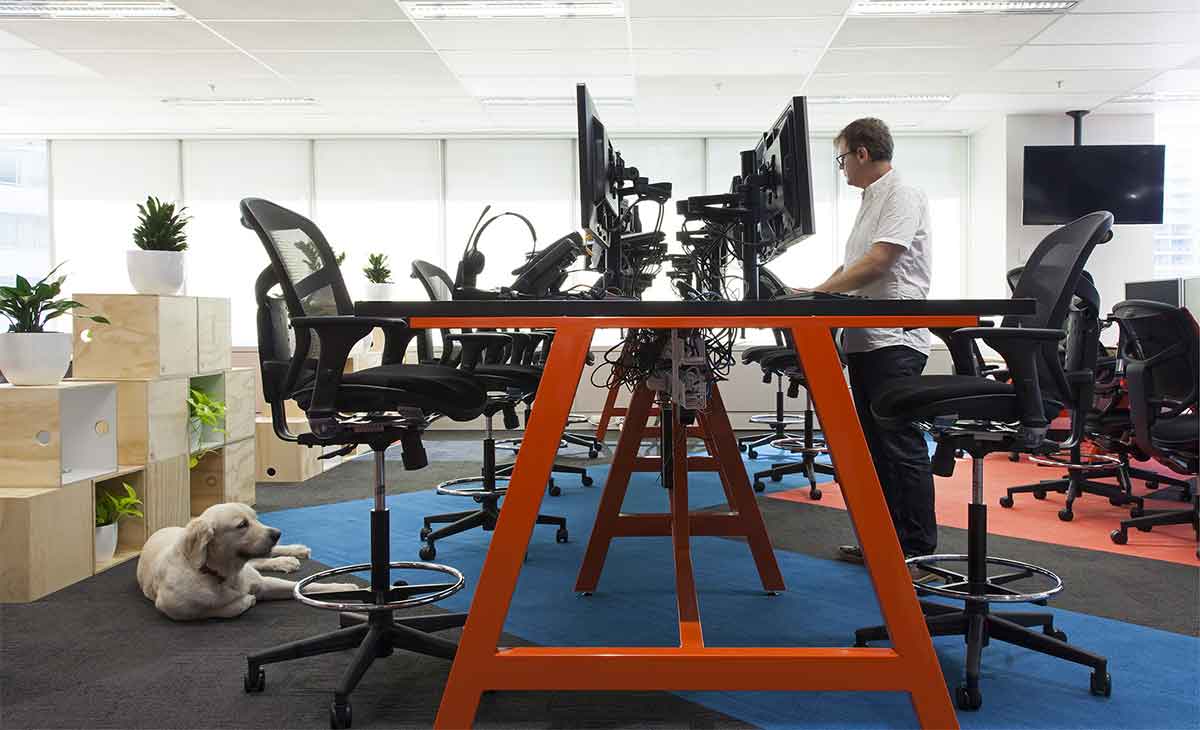When it comes to on-site safety, the responsibility lies with all of us
Work site safety

The last week alone has been a tragic reminder of the need to be vigilant and aware of hazards and work practices in order to protect the health and safety of construction workers.
In NSW alone, approximately 25,000 workers were injured on construction sites due to unsafe work practices in the past three years alone. Of these, 1700 people were permanently disabled and 23 lost their lives.
I’m confident that nobody sets out or goes to work to be purposely reckless, careless or dangerous, yet serous accidents and fatalities still happen. Our obligation as the primary PCBU of a project is to develop and maintain a healthy safety culture - it’s really not that hard, its common sense.
At JDV, we place just as much importance on our moral obligation and unwavering commitment to the wellbeing of our valued team as we do on meeting our legal WHS requirements. We recognize that workplace accidents have far greater reaching consequences than the injury or in this case, tragic death.
Its effects families, friends, wives, husbands, kids, mothers, fathers etc and the general public. Long and short – everyone.
If you think we are being tough, hard, cantankerous, unreasonable and uncompromising on safety and safe work practices, then you’d be correct. The most recent construction site accidents are testament to why we must remain as such.
Recent events have created important discussions within our business; not only about our responsibility to know and uphold the requirements for the WHS Act, but the practical significance of being vigilant, and situationally aware of risks and hazards. Then add in some collaboration, transparency and communication with all project stakeholders and we are a long way in the right direction.
We must be acutely aware of the importance of clear 2-way communication with all site stakeholders. We will respond to and address concerns highlighted by others, whether large or small.
Whether you are “on the tools’, “on the computer” or “on the phone” in a construction project or an investor/client, we urge that everyone appreciates the role they have to play in ensuring a safe working environment. A seemingly inconsequential email or phone call or verbal advice to voice concerns could be the difference between a great project or a tragedy that can change lives forever.
Safe Work Australia has an ongoing commitment to safety and has a strategy which identifies the construction industry as a priority due to the high number and rate of work-related fatalities and serious injuries. The Strategy aims to reduce the incidence of serious injury by at least 30% nationwide by 2022 and reduce the number of work-related fatalities due to injury by at least 20%. The construction industry will play a critical role in meeting these targets.
Since the Strategy launched, Safe Work Australia and all jurisdictions have been working collaboratively with the industry, unions, relevant organisations and the community to reduce traumatic injury fatalities and injuries in the construction industry.
A sobering document by Safe Work Australia (see links below to read the full article), shows a clear snapshot of statistics for workplace incidents in the construction industry, and is worth viewing and sharing with your team to highlight the significance of adhering to the strict rules around safety.





